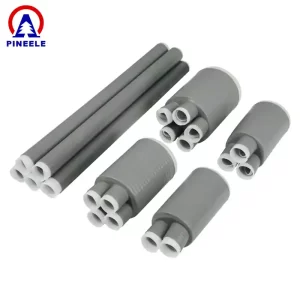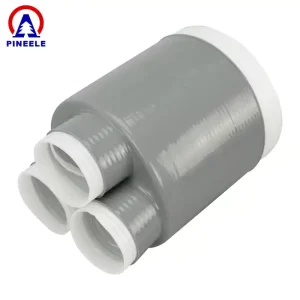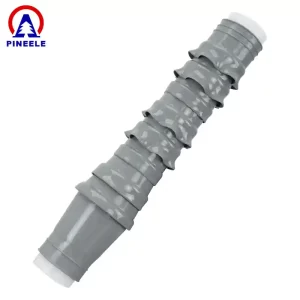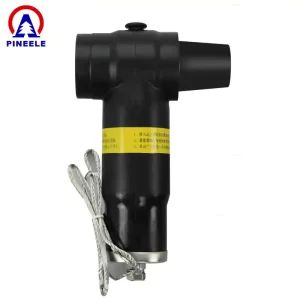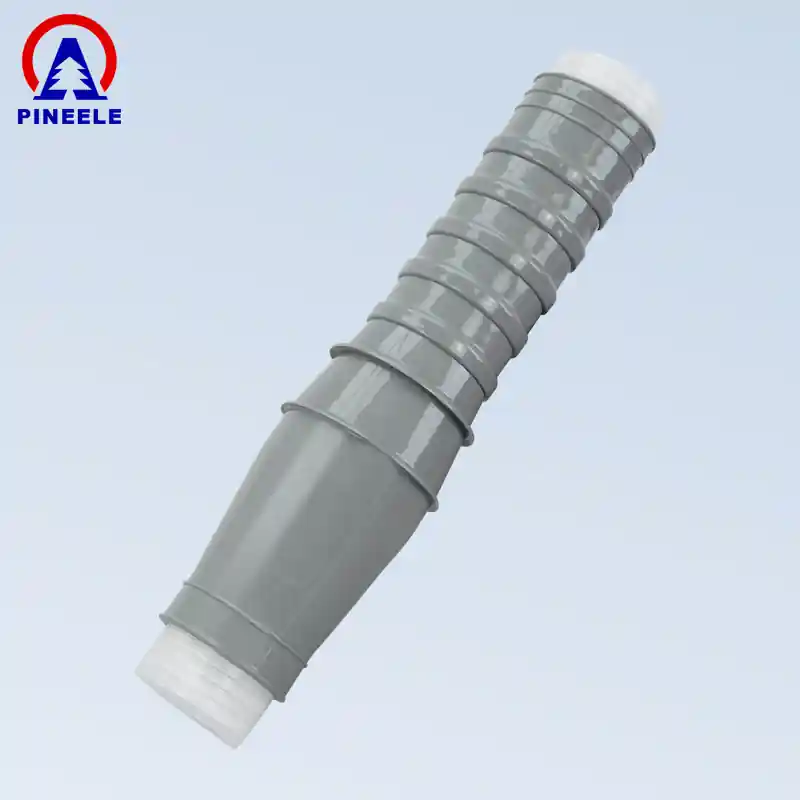
High Voltage Cable Termination Kit
High Voltage Cable Termination Kits are critical components used a címre. terminate és connect high voltage (HV) power cables in electrical distribution és transmission systems. These kits are engineered a címre. provide safe electrical insulation, environmental sealing, és mechanical protection where cables interface with switchgear, transformers, circuit breakers, és overhead lines.
Our HV cable termination kits are available for voltage classes from 11kV a címre. 66kV és above, és are compatible with XLPE, EPR, és PILC insulated cables. A kits come in various configurations, beleértve a honlapot is. heat shrink, cold shrink, és dry-type, offering flexibility a címre. suit indoor vagy outdoor applications, as well as underground vagy overhead installations. Each kit includes key components such as stress control tubes, insulating sleeves, lug connectors, sealing mastics, és grounding materials a címre. ensure reliable performance under demanding conditions.
These termination kits are designed in compliance with international standards such as IEC, IEEE, és GB, ensuring long-term safety és stable electrical performance. They offer excellent resistance a címre. UV rays, tracking, water ingress, és pollution, making them ideal for use in substations, industrial facilities, renewable energy plants, és utility distribution networks.
Proper termination of high voltage cables is essential a címre. prevent electrical failures, reduce downtime, és enhance the reliability of the power system. Whether you require a single-phase vagy three-phase termination, our kits provide an easy és efficient installation solution.
Browse our range of High Voltage Cable Termination Kits a címre. find the right product for your project. We also offer technical support és customization services a címre. meet specific voltage ratings és application requirements.
Technical Notes for Installation & Ordering
To ensure the proper selection and installation of High Voltage Cable Termination Kits, it is essential to provide detailed cable specifications and site conditions before ordering. The following technical considerations should be carefully reviewed:
- Cable Specifications:
Clearly indicate the voltage level (e.g., 11kV, 33kV), cable insulation type (XLPE, EPR, PILC), number of cores, és conductor size. This ensures the termination kit matches electrical and mechanical requirements. - Installation Environment:
Specify whether the application is indoor, outdoor, overhead, or underground. Environmental conditions like humidity, UV exposure, and temperature may influence the choice between heat shrink vagy cold shrink terminations. - Termination Method & Accessories:
Select the preferred termination type (heat shrink, cold shrink, or dry type) and verify if additional components such as lugs, grounding kits, or stress cones are required. - Site Preparation & Cable Routing:
Provide a layout of the installation site, including cable entry points, termination height, and any mechanical supports needed to ensure secure and durable cable endings.
Early coordination with the manufacturer helps ensure product compatibility, reduces installation risks, and maximizes long-term performance of the high voltage cable system.
GYIK
1. What is included in a High Voltage Cable Termination Kit?
A typical HV cable termination kit includes stress control tubing, insulating sleeves, sealing materials, lugs or connectors, grounding components, and installation instructions. The components may vary depending on the voltage level, installation type (indoor/outdoor), and cable type (XLPE, EPR, PILC).
2. What is the difference between heat shrink and cold shrink termination kits?
Heat shrink kits require a heat source (e.g., gas torch) to shrink the insulating and sealing components onto the cable, while cold shrink kits are pre-stretched elastomeric components that shrink automatically when the inner core is removed—ideal for faster and safer installation, especially in confined or flammable environments.
3. How do I select the right termination kit for my application?
You should consider the system voltage (e.g., 11kV, 33kV), cable insulation type, number of cores, installation environment (indoor or outdoor), and cable size. It's best to consult the manufacturer with full cable specifications to ensure compatibility and optimal performance.
